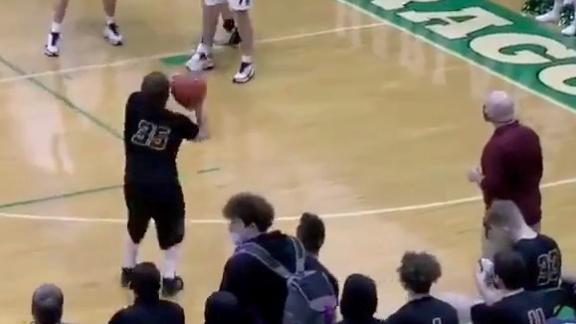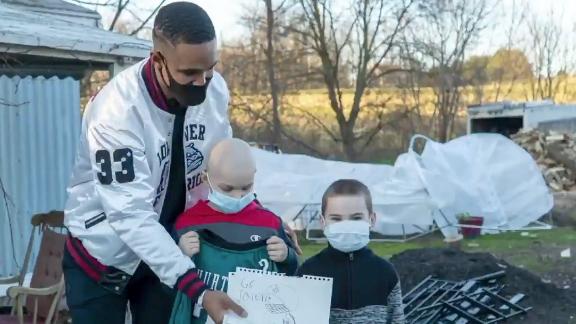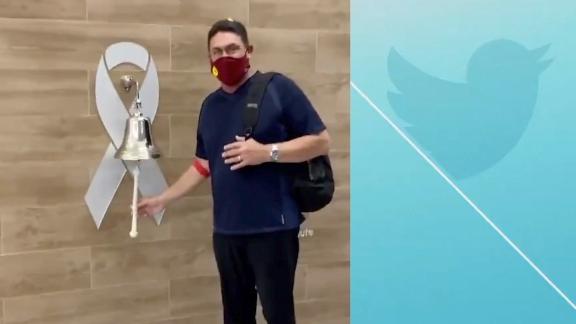There was plenty of good and bad on display at the Milwaukee Mile over the weekend.
The best part was the Izod IndyCar Series' on-track product. Dario Franchitti, Tony Kanaan and Helio Castroneves waged an entertaining three-man battle that was finally resolved in Franchitti's favor when Kanaan crashed and Castroneves was forced to make an unscheduled stop to replace a tire punctured by the subsequent debris.
The dark side was the sparse attendance, estimated at no more than 15,000 in the 38,000-capacity grandstands. The weak crowd was added proof that even in historically strong markets for Indy car racing, the sport continues to struggle to gain traction (and regain its fan base) three years into the unified era.
I was especially sad to see the ambivalence at Milwaukee, which was one of the first Indy car races outside of Indianapolis that I traveled to back in my fan days more than 20 years ago. My friend Dave Everhart and I would annually load the cooler and the grill, park in the infield and toss around a Frisbee or a football between rounds of beers and brats. We weren't alone; the infield was usually jam-packed, to the point where access was often cut off by 10 o'clock in the morning on race day prior to the 1 p.m. start.
There's no better oval track in terms of getting close to the cars, but this year, there were broad expanses of empty grass in the Milwaukee infield, caused by a number of factors. Missing a year (there was no Milwaukee race in 2010 due to lack of a promoter) was obviously the main culprit, but it appeared that newly installed AB Promotions underestimated the task of rebuilding the event. There was no title sponsor and many of the trackside billboards were blank.
In addition, the promoters incurred wrath by charging for parking and restricting the ability to bring in coolers. Grandstand seats were reasonably priced at $25 and up, but paddock access should have been included, not an additional $40 (!) charge.
It was apparent that attendance was going to be bad when the promoter began offering 2-for-1 ticket deals the week of the race, but even that desperate tactic failed to draw a respectable number of fans.
INDYCAR CEO Randy Bernard was rightfully disappointed with the draw and said that the chances of Milwaukee returning to the 2012 IndyCar Series schedule are 50-50. Milwaukee's chance of maintaining a place on the schedule could also be affected by INDYCAR's discussions for future events with Road America (an hour north of Milwaukee in Elkhart Lake, Wis.) and Chicagoland Speedway.
For many years, Milwaukee ran an Indy car race the weekend immediately after the Indianapolis 500 and counted on a boost from having the cars and the stars of the 500 on hand while Indy was fresh in everyone's memory. But Texas Motor Speedway has negotiated the right to stage the race following Indianapolis, and this year there was a week's gap between Indy and Texas.
In fact, Milwaukee used to host two Indy car races every year (through 1982 and again from 2004-06, with one CART- and one IRL-sanctioned event) and returning to the traditional August "second" date in conjunction with the Wisconsin State Fair might give the event the boost it needs. But clearly something needs to be done.
The Milwaukee Mile is obviously a venue beloved by the IndyCar drivers and longtime fans of the sport. But the famous track has a battle on its hands to attract enough spectators to remain relevant (not to mention profitable) in the modern era.




